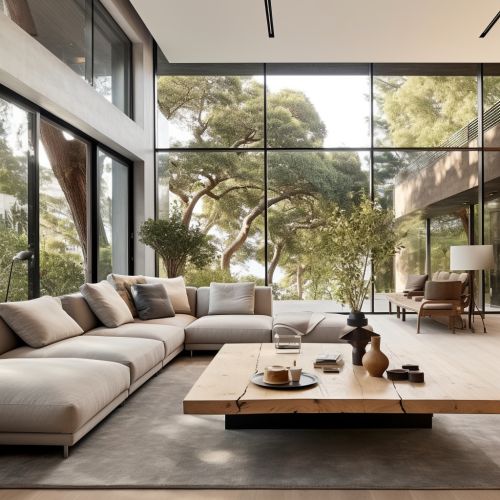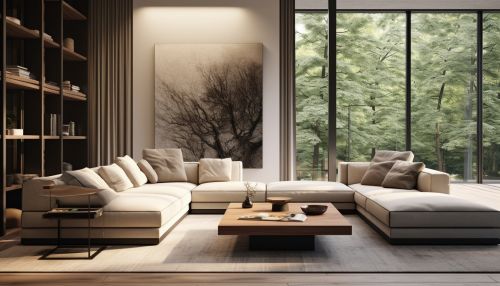Neuroscience in Interior Design
Introduction
Neuroscience in interior design is a relatively new field of study that explores the impact of built environments on the human brain and subsequent behavior. This discipline combines principles from neuroscience, psychology, and interior design to create spaces that enhance human well-being and performance.


Neuroscience and Interior Design: An Overview
The integration of neuroscience and interior design stems from the understanding that our surroundings significantly influence our emotions, cognition, and physical health. This interdisciplinary approach employs neuroscientific tools and methodologies to study how different design elements such as color, light, texture, and spatial layout affect the brain's functioning and, by extension, our behavior and experiences.
The Brain-Building Connection
The human brain is incredibly responsive to its environment. The field of environmental psychology has long established that different environments can elicit different psychological responses. Neuroscience takes this a step further by exploring the underlying neural mechanisms that mediate these responses.
For example, research has shown that exposure to natural light can increase the production of serotonin, a neurotransmitter associated with mood regulation. Similarly, certain spatial configurations can either promote or hinder wayfinding abilities, impacting the hippocampus, a brain region involved in spatial navigation and memory.
Design Elements and Their Neurological Impact
Various elements of interior design can have profound effects on the brain. Here, we delve into some of these elements and their neurological impacts.
Color
Color is a powerful design tool that can significantly influence our mood and cognition. Neuroscientific research has shown that different colors can evoke different emotional responses due to their impact on the brain. For instance, blue hues are often associated with feelings of calmness and can reduce stress by lowering heart rate and blood pressure.
Light
Lighting, both natural and artificial, plays a crucial role in regulating our circadian rhythms. Exposure to bright light during the day enhances alertness and cognitive performance by suppressing the production of melatonin, a hormone that induces sleep. On the other hand, dim lighting can create a relaxing atmosphere and prepare the body for sleep.
Texture
Texture, both visual and tactile, can influence our perception of a space. Rough textures are often perceived as more natural and can evoke feelings of warmth and comfort. Smooth textures, on the other hand, are associated with modernity and elegance.
Spatial Layout
The spatial layout of a room can affect how we navigate and interact with the space. Open floor plans can promote social interaction and collaboration, while compartmentalized spaces can provide privacy and reduce noise distractions.
Applications of Neuroscience in Interior Design
The principles of neuroscience are increasingly being applied in various areas of interior design to enhance human well-being and performance.
Residential Design
In residential design, understanding the neurological impact of design elements can help create homes that promote relaxation, social interaction, and overall well-being. For instance, incorporating natural light and views of nature can enhance mood and reduce stress.
Workplace Design
In the context of workplace design, neuroscience can inform the creation of spaces that boost productivity and employee satisfaction. For example, providing a variety of workspaces can cater to different work styles and tasks, thereby enhancing cognitive performance and creativity.
Healthcare Design
Healthcare design is another area where neuroscience can make a significant impact. Research has shown that well-designed hospital environments can speed up patient recovery and reduce stress among healthcare staff.
Future Directions
As our understanding of the brain continues to grow, so too will the applications of neuroscience in interior design. Future research may explore the impact of emerging technologies such as virtual reality and artificial intelligence on our perception of space. Furthermore, personalized design, tailored to an individual's unique neural profile, may become a reality.
